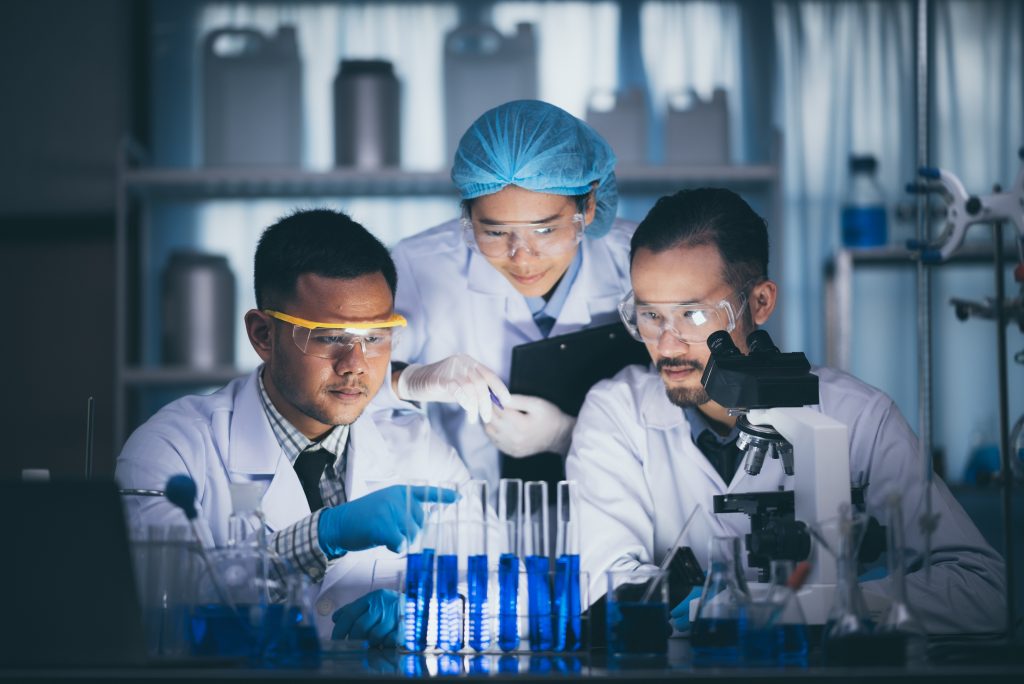The reason diabetes cannot be cured is because the cells that produce insulin, a hormone important in breaking down blood sugar, are either unable to produce enough insulin (type 2 diabetes) or are attacked by the immune system (type 1 diabetes). Diabetes cannot be cured unless the pancreas’ ability to produce the insulin the body needs is restored. Diabetes.
The only treatment options are to improve symptoms and keep blood sugar levels within normal range for as long as possible, which can involve a variety of medications or insulin injections. Insulin therapy is always required in type 1 diabetes.
However, researchers are trying to find ways to restore the insulin-producing function of the pancreas, which could potentially effectively reverse diabetes by helping beta cells start producing insulin again and helping the body break down blood sugar more effectively.
A few weeks ago, some good news came out of China: Researchers had used a man’s blood to create stem cells that were then transformed into pancreatic islet cells in the lab. When the cells were put back into his body, they grew new pancreatic tissue capable of producing insulin. Doctors could cure diabetes this wayThe patient remained insulin independent nearly 3 years later.
new development The latest research on the subject has been published by researchers at Mount Sinai and City of Hope, who achieved the same result of increasing insulin production by using a drug that significantly increases the number of beta cells in the pancreas, a breakthrough discovery that could one day lead to a cure for at least one type of diabetes.
Rather than creating beta cells in the lab using stem cells taken from donor recipients, researchers at Mount Sinai and City of Hope focused on growing insulin-producing cells in the body.
In their experiments, they used two drugs on mice with type 1 and type 2 diabetes. These were harmine, a natural molecule found in certain plants that inhibits a pancreatic enzyme (DYRK1A). The second drug was known as a GLP1 receptor agonist, a class of drug best known for the drug Ozempic, which has been widely used in recent years for weight loss.
The researchers transplanted human beta cells into mice and administered the two-drug combination therapy. After three months, experiments showed that the number of beta cells had increased by 700%, reversing diabetes and effectively curing it. The mice remained diabetes-free one month after the treatment was stopped.
“This is the first time scientists have developed a drug treatment proven to increase the number of beta cells in adult humans. In vivo“The study’s corresponding author, Dr. García Ocaña, It said in a statementThis study offers hope that regenerative therapies may one day be used to treat hundreds of millions of people with diabetes.”
The research team had previously shown that inhibiting the DYRK1A enzyme could induce beta cell growth. But those experiments were done in a lab dish. The real breakthrough here is being able to replicate the same effect in an organism (in vivo). But this is only the first step towards developing a diabetes treatment that patients can access.
The Mount Sinai team has completed a Phase 1 clinical trial in healthy volunteers to test the safety and tolerability of harmine. Separately, the researchers have developed next-generation DYRK1A inhibitors that will be tested in human clinical trials next year.
That’s not the only problem researchers must overcome before this treatment can be an effective cure for diabetes. They also want to address the fact that type 1 diabetes is caused by the body’s immune response. Immune cells destroy beta cells. They need to reduce or block the immune response so that the new beta cell growth induced by this treatment can survive and produce insulin.
The full survey results can be found below. Science Translational Medicine.


